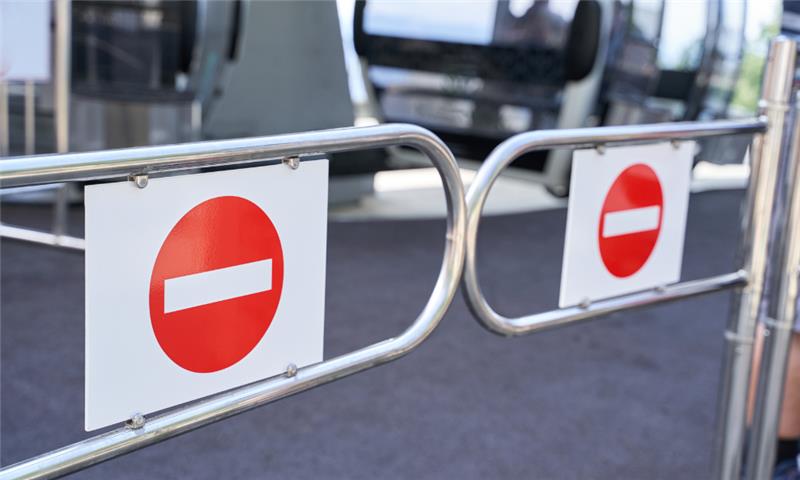The idea that there is strength in numbers also applies in court proceedings, especially in class action lawsuits. These cases seem complex; it leads one to ask, how long does a class action lawsuit take in Canada? While there’s no clear-cut answer, understanding the whole process will help a person decide whether to join in a class action or not.
What are class action lawsuits?
Class action lawsuits are a certain type of lawsuit where a group of people – represented by a named party or representative – files a common claim against a single defendant.
These lawsuits are allowed so that the claims of a group who were wronged by a person or entity are consolidated into one proceeding.
Class actions lawsuits may arise from the following issues, injuries, or damages:
- breaches to the right to privacy
- environmental accidents
- institutional abuse
- labour and employment issues
- personal injury
- product liability
When injuries happen at a large scale or in a widespread manner, class actions are a more appropriate course for these injured persons.
How long does a class action lawsuit take in Canada?
To understand how long a class action lawsuit will take in Canada, it’s important to first know the process of filing and prosecuting the case.
It may take up to 1-3 years for prosecuting class action lawsuits in Canada. Other cases may take up to 2 years just for the certification period, which does not include the trial itself. The actual running time depends on several factors, such as the case's complexity.
Process of class action lawsuits
Here is an overview of the process of class actions lawsuits in Canada:
1. Case build-up and case filing
Case build-up involves identifying the initial class of plaintiffs, including the pieces of evidence. Once done, it is filed in court by the representative plaintiff to start the judicial process of the class action lawsuit.
One factor that may affect the speed of a class action lawsuit’s resolution is if similar cases are filed in different provinces or territory. This is not prohibited among the common law provinces or territories. Canada’s justice system does not require that these separate cases be consolidated into one.
2. Certifying
Next, a motion for certification will be filed. At this stage, the judge will determine if the case is properly litigated through a class action lawsuit. If so, the judge will certify the case as a class action by permitting it to proceed to trial.
Even before the judge can certify the case, there is still a lot of process involved:
- examination and cross-examination of the affidavits of both parties
- actual certification hearing
This court determination during the certification stage is not a final judgement on the case's merits. It’s only a preliminary determination to check whether a class action lawsuit is the best way forward.
If the court does not certify a case as a class action, it may be better for the plaintiffs to sue the defendant individually.
Certification of a class action lawsuit in Canada is required in all provinces (except for Prince Edward Island). In Québec, the process of certification is called “authorization”.
This video explains the process of certification further:
Since the standard for authorizing a class action in Québec is different from the other common law provinces, it’s important to consult with a Lexpert-Ranked best class action lawyer in Québec.
3. Opt out period
After the judge has certified that the case may proceed as a class action, a period for either opting in or opting out will follow.
Here, notices will be sent or published to inform other people who may have an interest in the case and have similar claims to either opt in or opt out.
In most Canadian provinces or territories, class action lawsuits follow an “opt out” method. Under this method, every person within the same class or group is automatically included in the case. If anyone does not want to become part of the class action (e.g., they may want to pursue their own case), they must expressly opt out within the period set by the court.
Non-residents of a province where a class action lawsuit was filed may also “opt in” to be a part of the class action. This is different from “opt out” jurisdictions, since those who did not opt in are not bound by the results of the lawsuit.
4. Trial
When all is set, the next step is the trial proper. At this point, the court will determine whether the claim for damages and the arguments of both parties have merit.
An alternative to a trial would be an out-of-court settlement. This may speed up the process of resolving the class action lawsuit. If the parties reach a settlement, it must be presented to the court for approval.
Prescriptive periods
Prospective plaintiffs in a class action must follow the provincial or territorial statute of limitations that apply.
The statute of limitations provides for the maximum number of years that a plaintiff may file a case. When this period lapses, they are barred from filing their claims in court.
For example, under Ontario’s Limitations Act, civil cases including class action lawsuits must be filed within 2 years from the date of its discovery.
Not all provinces follow a 2-year prescriptive period. It’s best to consult with a class action lawyer for this matter.
Who pays for a class action lawsuit in Canada?
One of the advantages of class action lawsuits is that it can spread the costs of litigation among the large group of plaintiffs. This is especially true for cases if the projected amount of recovery is relatively small compared to the legal and court costs.
Another advantage of class action lawsuits is that the payment of the lawyers for the group of plaintiffs may be deferred. This is done through a contingency fee where lawyers are paid a percentage of the amount awarded or settled.
For more details on how long a class action lawsuit takes in Canada, speak to any of Canada’s best class action lawyers ranked by Lexpert.





